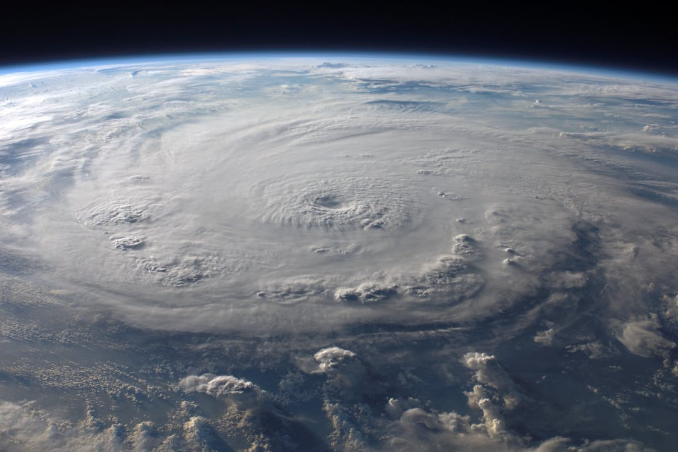The Atlantic hurricane season officially began on June 1st and will run through November 30th, marking the period when South Carolina typically faces its highest risk of tropical weather impacts. Forecasters with NOAA predict an above-normal season, emphasizing the critical need for residents across the state, to finalize their hurricane preparedness plans.
This year’s outlook suggests a 60% chance of an above-normal season, a 30% chance of a near-normal season, and only a 10% chance of a below-normal season. This elevated activity is attributed to factors including continued ENSO-neutral conditions, warmer-than-average ocean temperatures, and forecasts for weak wind shear – all elements that favor tropical storm formation and intensification.
South Carolina, with its extensive coastline and vulnerable inland areas, has a history of significant hurricane impacts. While direct landfalls are less frequent, even distant storms can bring dangerous conditions, including heavy rainfall, flooding, damaging winds, and storm surge. Historically, June has seen the development of “messy storms” in the Gulf of Mexico and the western Atlantic that can bring torrential rains to the Southeast. Recent years have seen the state affected by storms like Hurricane Ian in 2022 and Idalia in 2023, highlighting the ongoing threat.
State emergency management officials are urging all residents to take proactive steps now, before a storm threatens. Key preparedness actions include:
- Knowing Your Zone: Understand your evacuation zone. The South Carolina Emergency Management Division (SCEMD) website, hurricane.sc, provides an interactive map to help residents identify their specific zone and potential evacuation routes.
- Developing a Family Plan: Create and discuss an emergency plan with all household members. This should include designated meeting points, communication strategies, and roles for each family member.
- Building an Emergency Kit: Assemble a kit with at least 3-5 days of essential supplies, including non-perishable food, water (one gallon per person per day), medications, flashlights, batteries, a first-aid kit, and important documents.
- Reviewing Insurance Policies: Understand what your homeowners and flood insurance policies cover, and what they do not. Note that flood insurance policies often have a 30-day waiting period before coverage takes effect.
- Securing Property: Take steps to mitigate potential damage to your home, such as trimming trees, clearing gutters, and securing loose outdoor items like patio furniture.
While federal agencies like FEMA play a crucial role, state and local preparedness are paramount. Residents are encouraged to stay informed by monitoring local news, weather alerts, and official sources like SCEMD and the National Hurricane Center.









